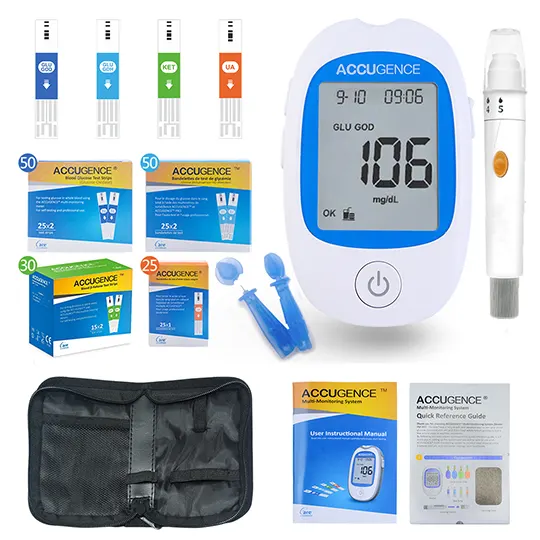echothiophate iodide (Phospholine Iodide)
Classes: Miotics, Cholinesterase Inhibitors; Antiglaucoma, Miotics
Dosing and uses of Phospholine Iodide (echothiophate iodide)
Adult dosage forms and strengths
ophthalmic solution
- 0.125%
Open Angle or Secondary Glaucoma
Initial: 0.03% solution instilled in affected eye(s) twice daily (AM & HS); may use higher dose (>0.06%) if unsatisfactory response
Maintenance: 1 dose every other day
Advanced Chronic Simple Glaucoma/Glaucoma Following Cataract Surgery
Initial 0.03% instilled in affected eye(s) twice daily
Higher strengths usu necessary if transferred after unsatisfactory response with other drugs
Pediatric dosage forms and strengths
ophthalmic solution
- 0.125%
Accommodative Esotropia
Initial (Dx): 0.125% solution instilled in both eyes qHS for 2-3 weeks
Maintenance (if Dx+)
- 0.125% solution qOTHERday
- May be gradually lowered
Phospholine Iodide (echothiophate iodide) adverse (side) effects
Frequency not defined
Burning
Bradycardia
Flushing
Hypotension
Stinging
Lacrimation
Iris cyst formation
Diarrhea
Nausea
Vomiting
Blurred vision
Ciliary redness
Increased intraocular pressure
Miosis
Myopia
Uveitis activation
Lens opacities
Retinal detachment
Lid muscle twitching
Warnings
Contraindications
Hypersensitivity
Active uveitis
Angle clossure glaucoma
Relative: history of retinal detachment; quiescent/history of uveitis
Cautions
Caution in marked vagotonia, bronchial asthma, spastic GI disturbances, peptic ulcer, pronounced bradycardia & hypotension, recent MI, epilepsy, parkinsonism
Concomitant cholinergic drugs (succinylcholine, systemic myasthenia gravis drugs)
Potential for conjunctival thickening, retinal detachment, lens opacity
Discontinue if cholinergic side-effects occur (hyperhidrosis, sialorrhea, urinary incontience, diarrhea etc) or cardiac irregularities
Do not use more frequently than q12hr
Few weeks of therapy may depress plasma and erythrocyte cholinesterase levels
Perform baseline measurement of anterior chamber angle and perform routine lenss examination; do not use for tonometric glaucoma, or with active history of uveitis
Pregnancy and lactation
Pregnancy category: C
Lactation: Discontinue drug or do not nurse
Pregnancy categories
A: Generally acceptable. Controlled studies in pregnant women show no evidence of fetal risk.
B: May be acceptable. Either animal studies show no risk but human studies not available or animal studies showed minor risks and human studies done and showed no risk.
C: Use with caution if benefits outweigh risks. Animal studies show risk and human studies not available or neither animal nor human studies done.
D: Use in LIFE-THREATENING emergencies when no safer drug available. Positive evidence of human fetal risk.
X: Do not use in pregnancy. Risks involved outweigh potential benefits. Safer alternatives exist.
NA: Information not available.
Pharmacology of Phospholine Iodide (echothiophate iodide)
Mechanism of action
Cholinesterase inhibitor; enhances activity of endogenous acetylcholine, which leads to continuous stimulation of the ciliary muscle producing miosis and fascilitation of humor outflow that may reduce intraocular pressure
Pharmacokinetics
Onset of action: 10-30 min (miosis); 4-8hr (IOP); 24 hr (peak effects IOP)
Duration: 1-4 weeks (miosis)


